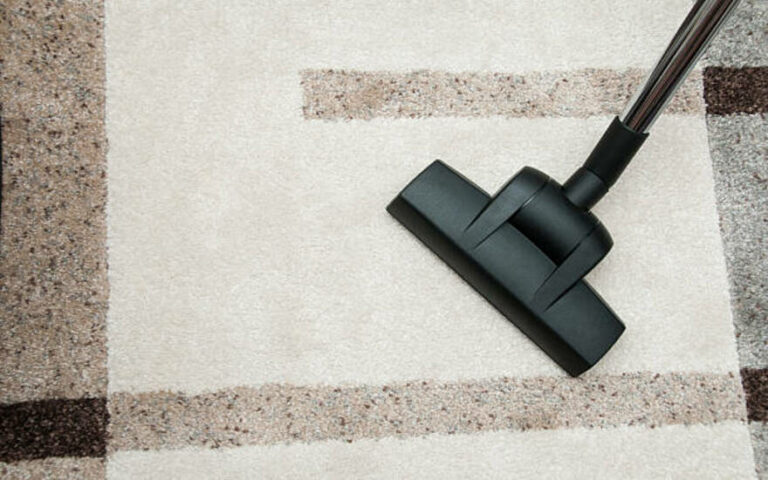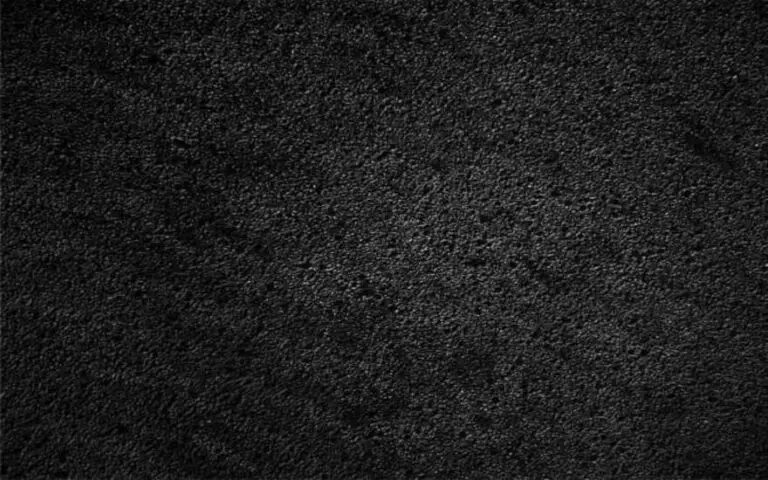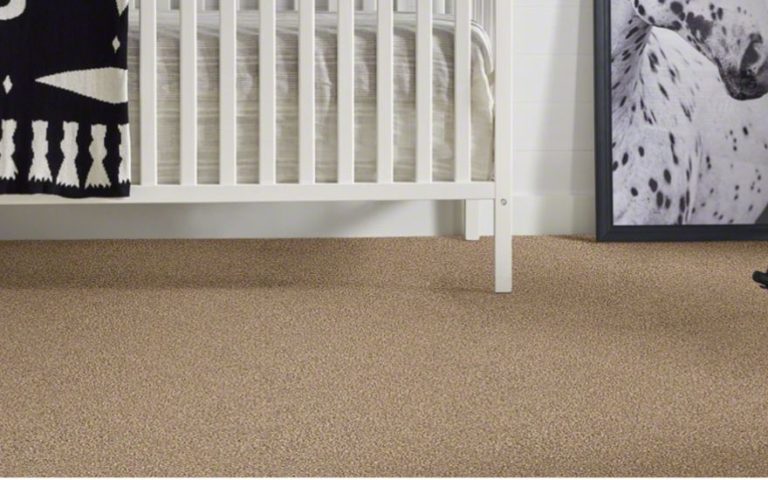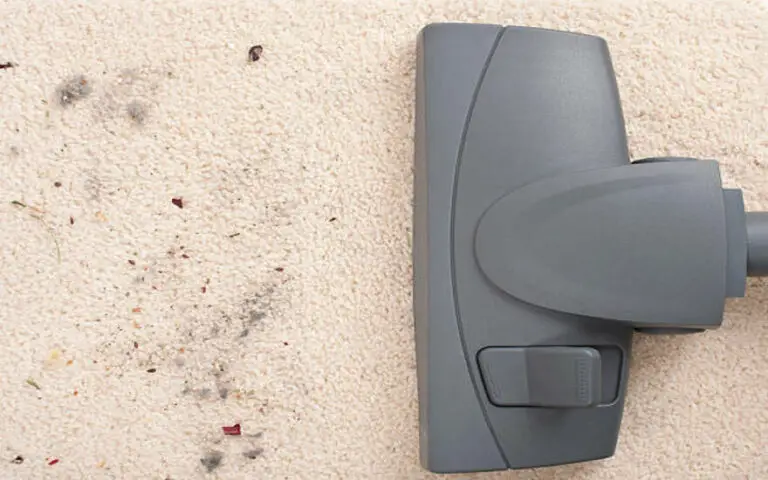Accidents happen, and when they do, it’s important to know what to do next. If you’ve spilled something on your carpet or had a plumbing issue that caused it to get wet, don’t panic! In this blog post, I’ll walk you through how to quickly and effectively dry out your carpet so you can get back to life as usual.
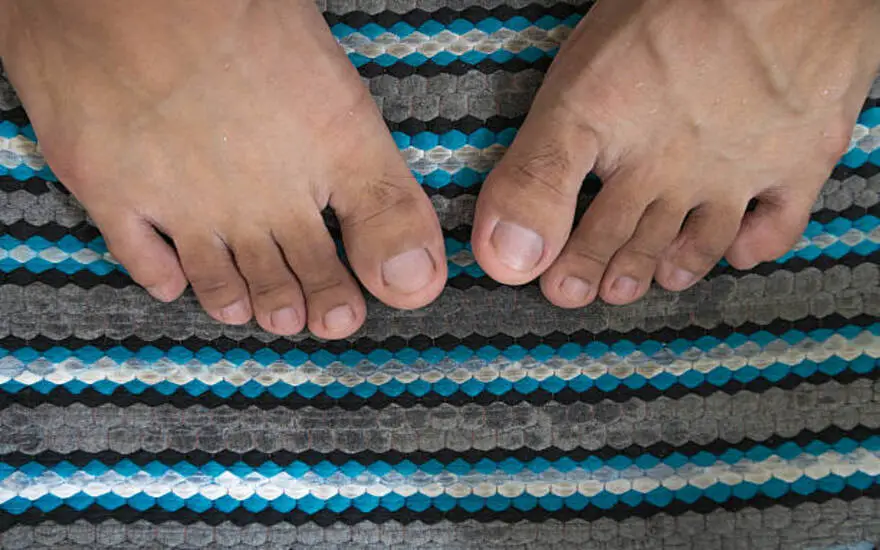
What To Do If Carpet Gets Wet?
If your carpet has gotten wet, the first step is to identify the source of the water and remove any furniture and items on top of the wet area. Once this is done, you can blot the excess water with a dry cloth or towel.
After extracting as much water as possible, run a fan pointed at the wet area to help moisture evaporate. A dehumidifier also works to pull moisture out, and baking soda works wonders when it comes to lifting and removing trapped moisture.
Sprinkle a liberal amount of baking soda over the wet area and leave it for a few hours to absorb moisture.
Most carpets should be dry if left for 24 hours if the temperature and air are right, but if the carpet is wet for more than two days, it may develop mold or mildew, which will require additional cleaning.
1. Identify the source of the water
Identifying the water source is essential to determine the best approach for dealing with wet carpets. The source could be anything from spilled liquid to a burst pipe or a flood. Before cleaning, it’s essential to shut off the water supply, if possible, and take measures to prevent further water damage.
Once you know the source of the water, you can begin drying and cleaning your carpet. Use a shop vacuum and a carpet cleaning solution to remove excess water, followed by a fan or dehumidifier to speed up the drying process. If the water damage is minimal, you may even be able to dry it yourself with a hairdryer. Following these steps will help you restore your wet carpet quickly and efficiently!
2. Remove any furniture and items on top of the wet carpet
When dealing with wet carpets, removing any furniture or items on top of the carpet is important. This will help ensure that no further damage is done to the carpet and prevent any mold or mildew from forming.
When removing furniture and items, take extra care to lift them straight up so that you don’t accidentally damage the carpet. Also, try to move the furniture and items to a dry area of your home if possible. Once everything is removed, you can move on to blotting any excess moisture and drying out the carpet.
3. Blot excess water with a dry cloth or towel
When dealing with a wet carpet, it’s important to act fast and remove any excess water as soon as possible. One of the best ways to do this is by using a dry cloth or towel to blot up the moisture. Start by laying a dry cloth or towel over the area and press down gently so that it absorbs some of the water.
Continue blotting with fresh dry cloths or towels until most of the liquid has been absorbed. This will help reduce the drying time significantly and ensure that your carpet doesn’t become overly soaked.
4. Dry the carpet with a fan or dehumidifier
Once you’ve removed any furniture and items on top of the wet carpet, you can start drying the carpet with a fan or dehumidifier. A fan works great to speed up the process of evaporating the moisture, while a dehumidifier will extract moisture from the air and help to dry out the carpets quickly.
Dehumidifiers work best with fans since they can absorb more moisture from the air when it’s less humid. If you have a minor water damage issue, you can also try using a hairdryer to help dry out your carpets. Just remember to hold it a few inches away from the carpet, so you don’t damage it.
How to Dry Carpet After a Flood or Burst Sewer Pipe?
When a flood or burst sewer pipe occurs, it’s important to act quickly and take the necessary steps to dry your carpet. The first step is to remove any excess water collected on the carpet surface. This can be done with a wet/dry vacuum cleaner.
Once the excess water has been removed, you can use a shop vac or water extraction machine to pull out as much water as possible. Then, you can use fans and dehumidifiers to help dry out the remaining moisture.
Finally, you should clean and disinfect the carpet with a cleaning solution. These steps can help avoid mold growth and save your carpets from further damage.
1. Remove Excess Water Immediately
As soon as you realize your carpet has been flooded, it’s important to act quickly to remove as much water as possible. First, remove any furniture or items on top of the wet carpet, then use a dry cloth or towel to blot up any excess water.
A wet/dry vacuum cleaner will also help to pull out more water. Once the majority of the water has been absorbed, you can move on to the next step, drying out the carpet with either a fan or dehumidifier.
2. Turn on Fans and Dehumidifiers
Once you’ve removed the furniture and blotted out the excess water, the next step to dry your wet carpet is to turn on a fan or a dehumidifier. A fan helps circulate the air and evaporate any moisture in the carpet fibers.
You can also use a dehumidifier which pulls moisture out of the air and helps to dry the carpet faster. Both of these methods will help reduce the time needed for your carpet to dry, reducing the risk of mold growth.
3. Use a Wet/Dry Vacuum Cleaner
A wet/dry vacuum cleaner is one of the most effective ways to dry your carpet after a flood or burst sewer pipe. A wet/dry shop vac is designed to absorb water from carpets and other surfaces by suctioning it out.
This is a much faster and more efficient way of removing water than simply using towels. To ensure that all the water is removed, use the vacuum to get into the corners and hard-to-reach spots and any other areas where water has collected.
Ensure you have the proper filtration system on your vacuum so no moisture or other particles are left behind. After you have sucked up all the moisture, cleaning and disinfecting the carpet is important to prevent mold and mildew growth.
4. Clean and Disinfect the Carpet
Once you’ve removed all the excess water, it’s time to clean and disinfect the carpet. This is an important step to ensure that any hazardous materials are removed. You’ll need a shop vacuum, carpet cleaning solution, a mop, and a disinfectant spray.
Start by vacuuming the area thoroughly with the shop vacuum to remove any dirt or debris. Next, mix the carpet cleaning solution with warm water and use the mop to work it into the carpet. Allow it to sit for about 10 minutes before using the shop vacuum again to remove any excess moisture.
Finally, use a disinfectant spray to sanitize the area and eliminate any harmful bacteria.
Required tools for this project
When dealing with wet carpets, having the right tools is essential. To begin, you’ll need a shop vacuum or wet/dry vacuum cleaner to remove any excess water. You’ll also need a carpet cleaning solution to clean and disinfect the carpet and a fan or dehumidifier to help dry the carpet out. These tools will make it much easier to properly dry out your carpets and avoid mold and mildew growth.
1. Gather the necessary tools
When dealing with wet carpets, the right tools can make all the difference. I recommend gathering a shop vacuum, carpet cleaning solution, utility knife, and baking soda to get the best results.
A shop vacuum is essential for quickly removing excess water from the carpet; the cleaning solution will help sanitize it. A utility knife may also be necessary to remove any furniture or items on top of the wet carpet.
Finally, baking soda can help lift and remove trapped moisture. With these tools, you’ll be well-equipped to tackle your wet carpet problem!
2. Shop Vacuum
When dealing with wet carpets, a shop vacuum is an essential tool to have. It can quickly and effectively extract water from the carpets and help them dry faster. Shop vacuums can handle wet and dry messes, so check for one that has that capability.
Going slow and steady when using a shop vac will help to ensure that all the water is extracted from the carpet. If you don’t have access to a shop vacuum, you can usually rent or purchase one from your local tool and equipment rental store.
3. Carpet Cleaning Solution
When it comes to getting your wet carpet dry and fluffy again, carpet cleaning solutions can play an important role. After blotting up the excess water and using fans and dehumidifiers to dry out the carpet, you’ll need a cleaning solution to disinfect the carpet.
A good quality carpet cleaning solution will help remove any bacteria or dirt that may have been brought in with the water, as well as help remove any lingering odors. When shopping for a carpet cleaning solution, read the label carefully to ensure it is safe for your particular type of carpet.
Summary
In conclusion, it is important to take quick action when your carpet becomes wet. Identify the water source and remove any furniture or items on top of it. Blot up as much as you can with a dry cloth or towel. Then, use a fan or dehumidifier to dry the carpet, and if possible, use a wet/dry vacuum cleaner to extract more water. Finally, clean and disinfect the carpet with a steam cleaner or professional cleaning service. With these steps, you should be able to effectively dry your carpet and restore it to its previous condition.

